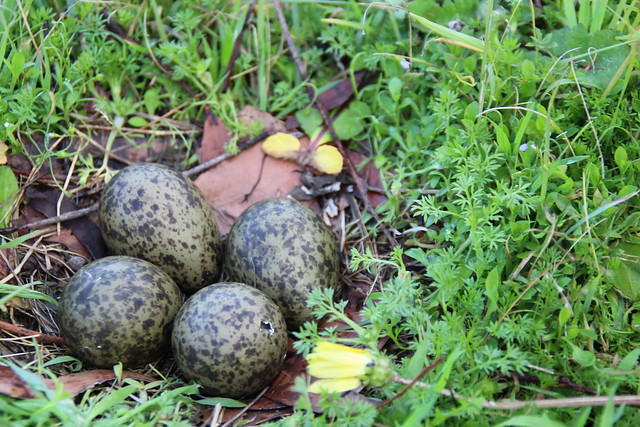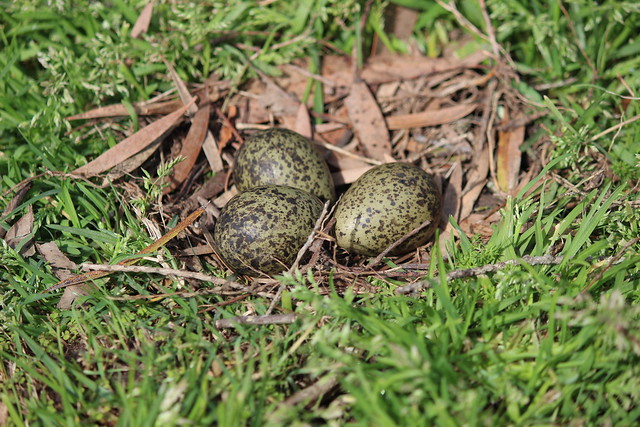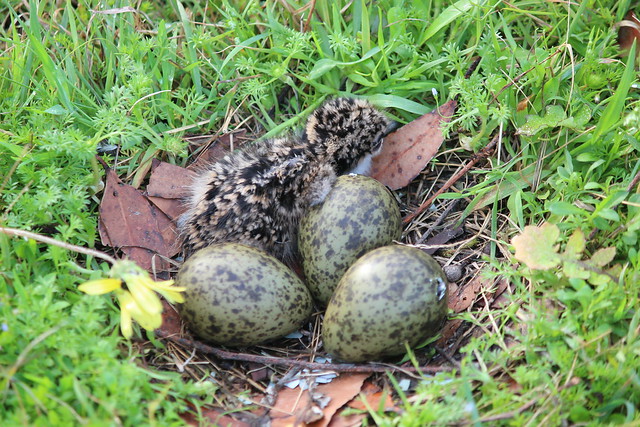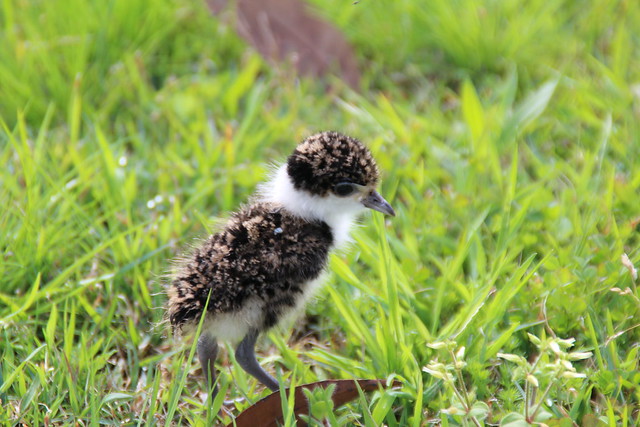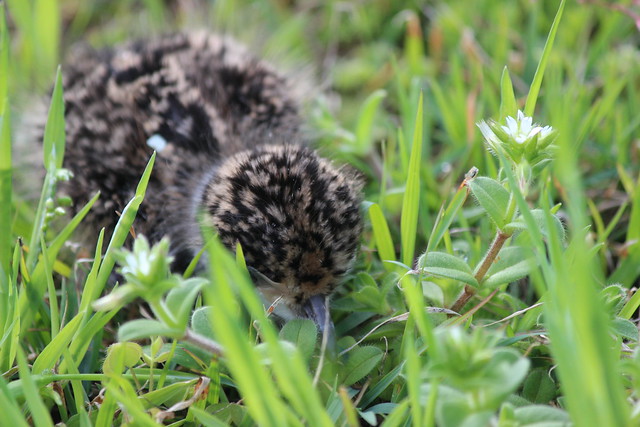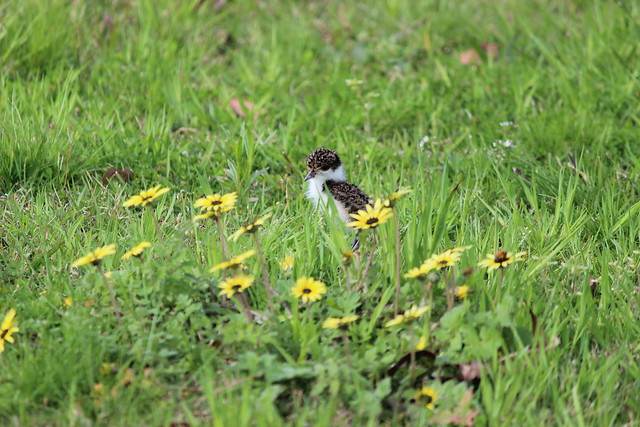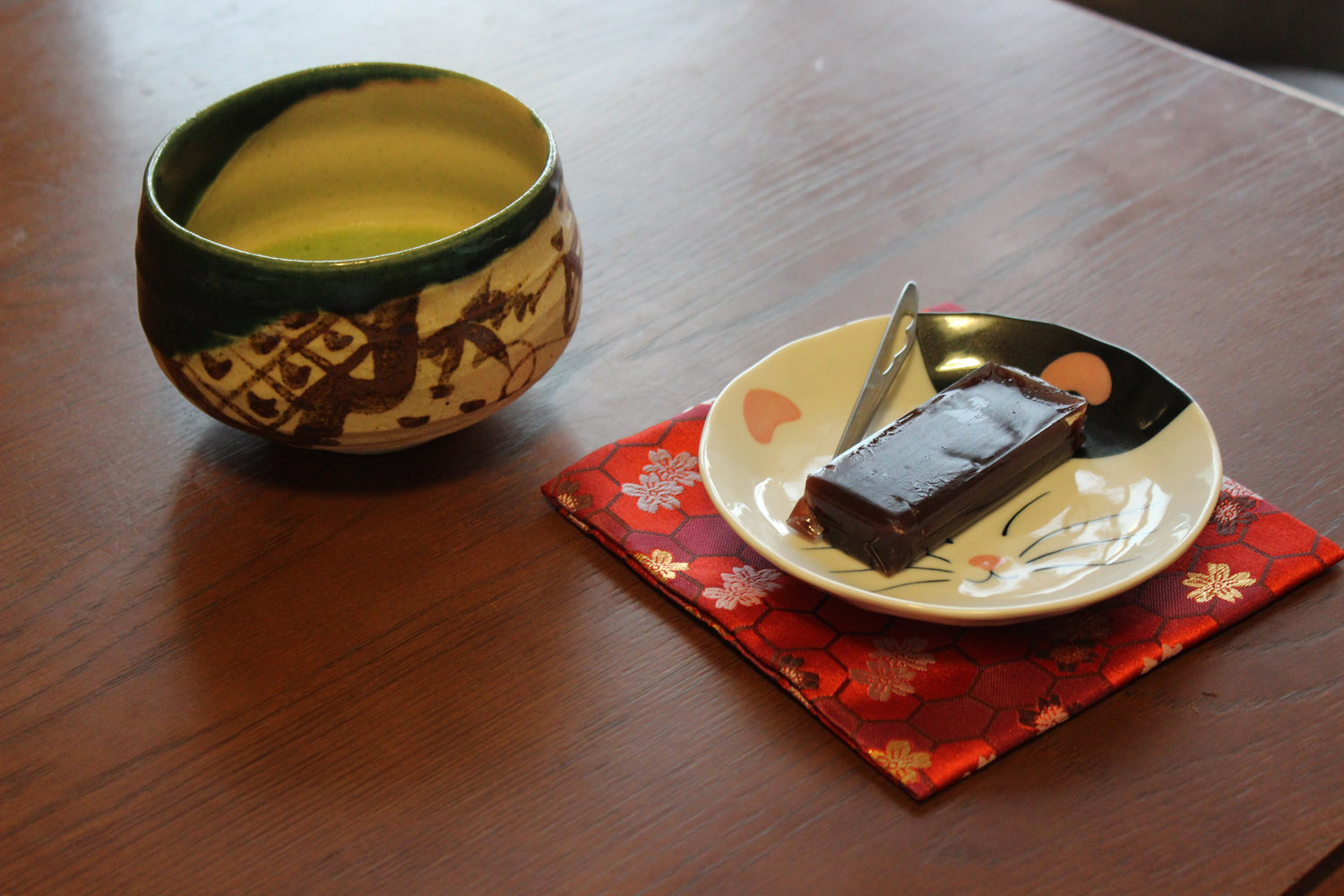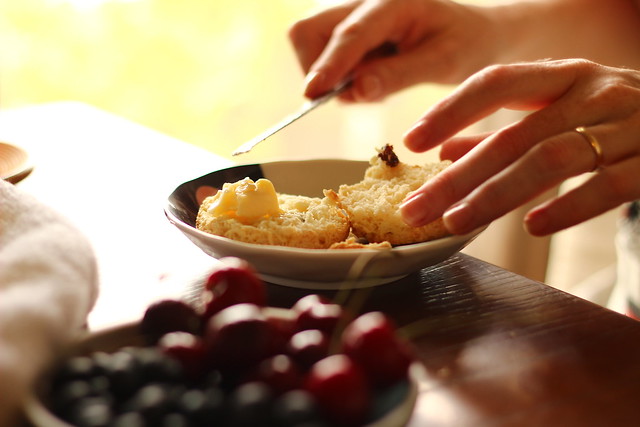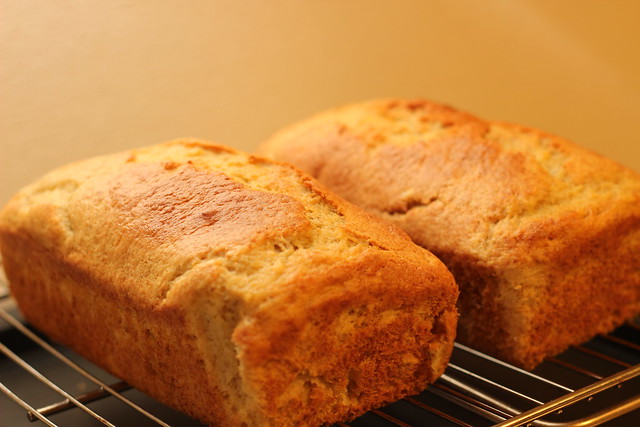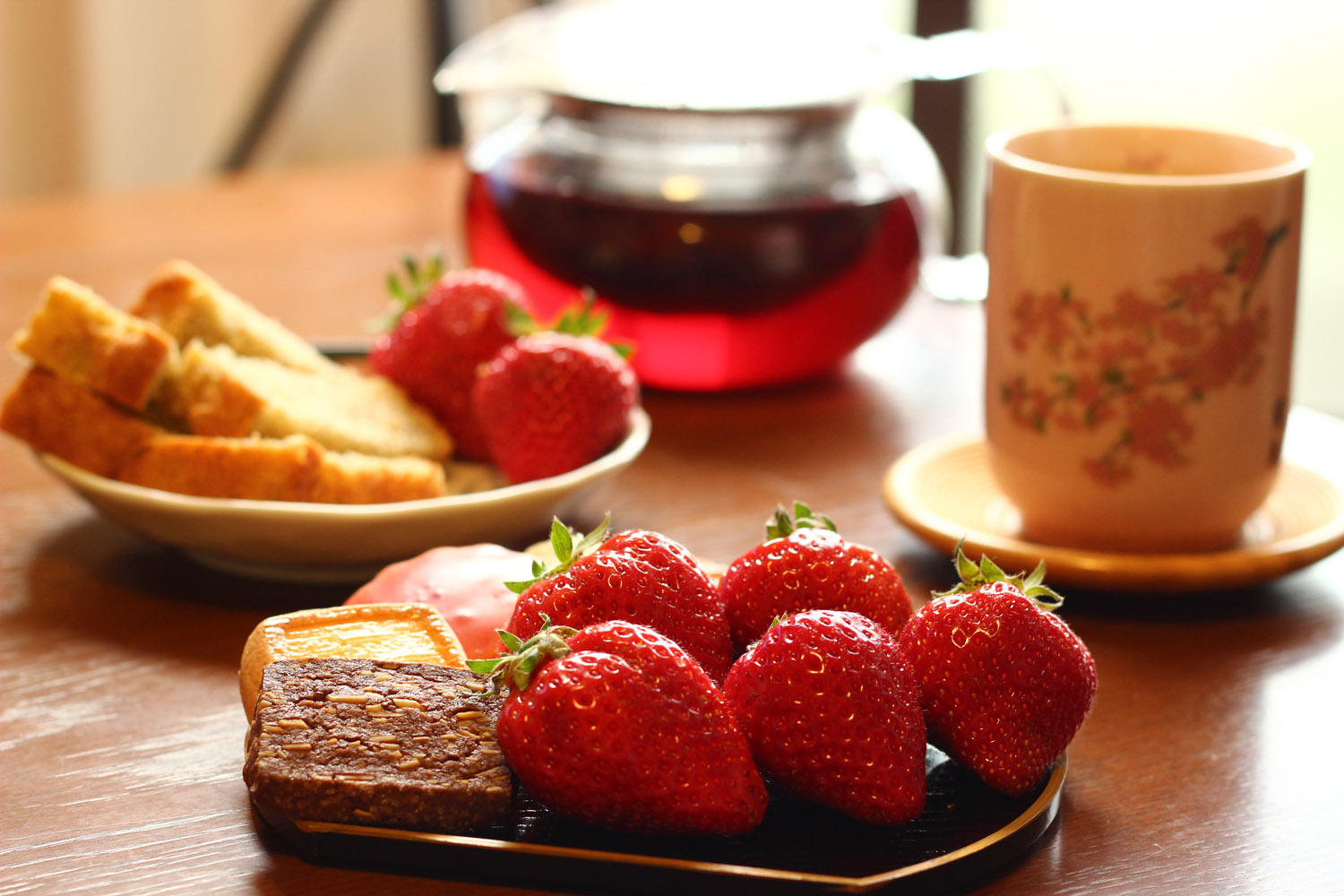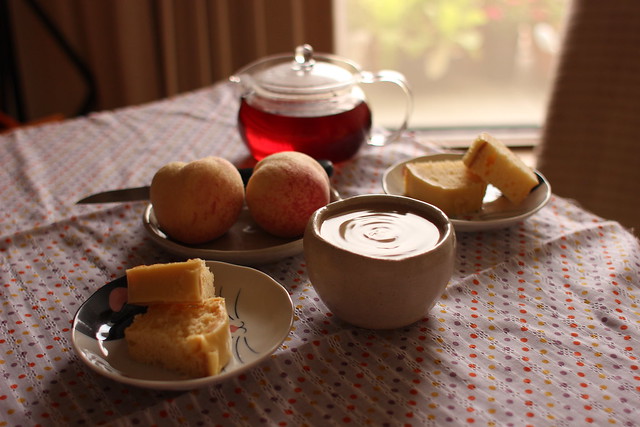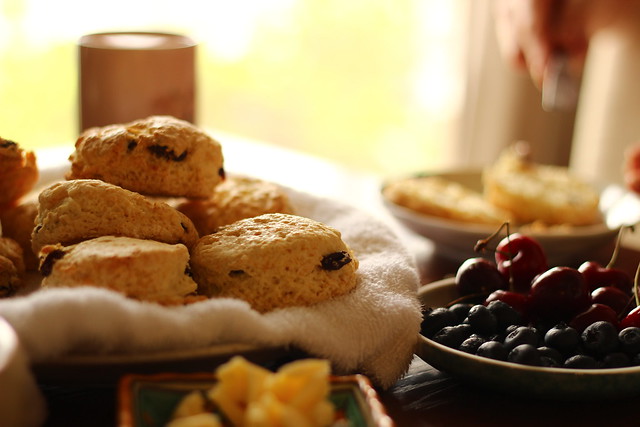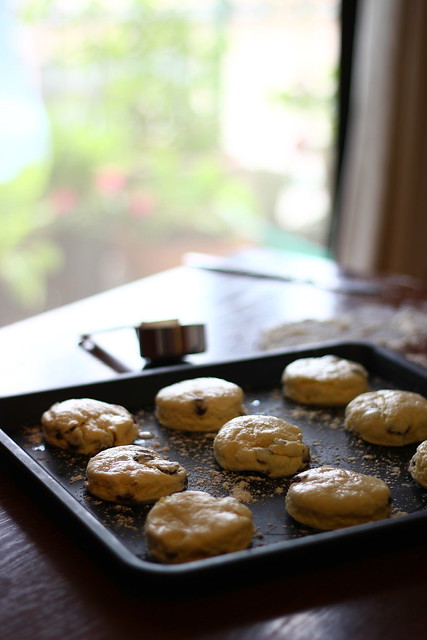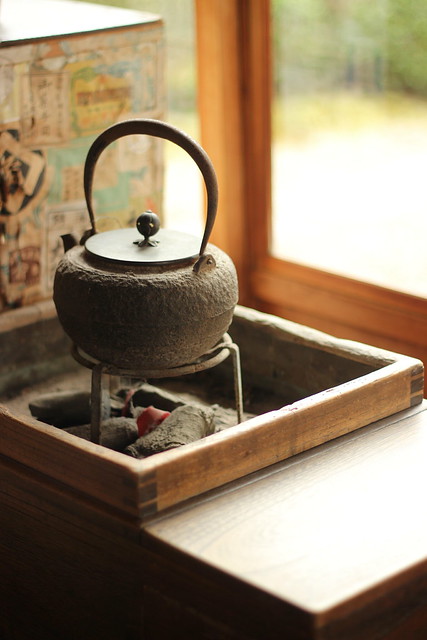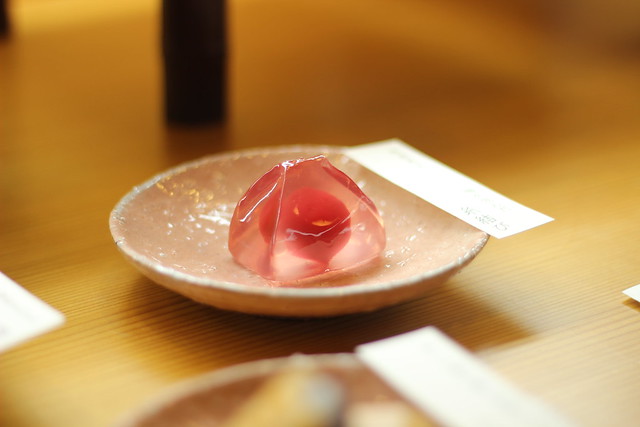Things are looking very summery this morning. The cat is melting, the grass is turning crunchy and the cicadas are already tuning up for what looks like it’s going to be a long, hot day. Our extended game of musical couches has made us pretty late to the party this year; now that we’re finally feeling like fresh starts and spring cleaning, the season for it is almost over!
But …. The jacarandas are still in bloom, our coastal evenings are still gentle and cool… the time for new beginnings is not yet completely gone. And that’s just as well, since there’s one very important new beginning happening on the median strip in the middle of a nine-way intersection near our house.
That’s a plover (Vanellus milus) also known as a Masked Lapwing, a mad, idiotic, insomniac bird found all over northern, eastern and central Australia. Plovers walk around and feed all day, then fly around and scream all night. I have no idea if or when they sleep, but it’s clearly only when no-one is watching.
You get the idea; plovers are very active birds. However that particular plover, spotted on the median strip a little over a week ago was, on first sighting, doing something that a plover simply does not do.
It was sitting.
As soon as our eyes met, the plover leapt up and hurried away as nonchalantly as it could. And I thought “Hmmmm……”
The next day, there it was again. Same place, same bird, same nonchalant trot from its seat. And I thought “Aha!”
With a quick look for traffic, I zipped across the road, up onto the median strip and there it was:
Now if that doesn’t say springtime, what does?
I have a certain amount of experience when it comes to spotting plover nests, but it isn’t as though they’re very good at hiding them. A plover couple will find or scrape a very slight depression into a patch of short grass or dirt, then the female lays her eggs in it. Kin and I spent much of September annoying the Clarence Town plovers by hunting down and inspecting their efforts.
The owners of those three eggs had carefully constructed their nest in a wheel rut in a parking area… in exactly the same place where they’d recently lost their first clutch to the back wheel of a ute! They were most indignant when my mother built a fence around it to prevent the same thing from happening again.
(Indignant or not, that fence did the trick. All three of those babies hatched safely and were last seen trekking about near the creek, with both of their parents in attendance.)
My intersection plover might not have actually built on the road, but she was still very close to it, so I didn’t stay and look at her nest for very long. She’d developed two broken wings and a terrible stagger and I was afraid she’d flap her way under a car if I upset her too much. I took one last shot, assured Mama Plover that her eggs were lovely and walked away quickly to let the poor thing calm down.
Her husband remained in the air and followed me the length of the block, then sent a sharp gargle back to his partner to give her the all clear. By the time I was back at my gate, Mama Plover’s broken wings had miraculously healed and she was sitting again.
Kin and I checked on them every day for the next week, and that watchful husband delivered a heads-up and an all-clear every time. On Tuesday evening, we were finally rewarded by this sight:
And then the next day….
And there were no more broken wings for Mama and Papa Plover! Both of them, swooped us, determined to defend their babies from the paparazzi. Plovers are known for aggressively defending their nests; male plovers even have spurs on their wings, all the better to drive off photographers. Kin and I both grew up blonde in magpie country, though, so dive-bombing birds are not a new experience and we managed to get our shots without anyone (us or the plover parents) becoming too upset.
The day after that, we decided to stay well away from the family, as the last eggs would be hatching. We knew that once they were all safely out of their shells, the family would no longer remain in the nest. Until they were clear of that busy intersection, we were not going to risk chasing anyone under a bus!
The family has decamped to a stretch of land near the railway line, so we’ve since been able to sneak up on them and check on the babies. I’m happy to report that all eggs hatched, all babies made it across the road and there are now four fluffy little pompoms running around behind their mother who, by the way, still views us with extreme suspicion. As soon as either one of us is sighted, she or Papa Plover give a sharp chiack! and all four of the babies drop to the ground, where they become invisible.
Well, almost invisible. He’s doing his best.
Our plover family might have brought springtime back to us, but my goodness they’ve made this last week anxious! Building a nest on the ground in the middle of an incredibly busy intersection and then leading your fluffy little stilt-walkers across those roads to another stretch of bare ground where their only defence is to pretend to be invisible at extreme risk of being stepped on… it just doesn’t seem like the best survival strategy. Especially since plover couples generally nest at the same site each year, so every batch of babies will have to face the same hazards!
Still, I guess it’s worked out for them so far; plovers are extremely numerous in Australia, and they seem to adapt quite well to an urban lifestyle. And our plover family is still trekking around with all of its members, so maybe Newcastle railway lines are a better place than they seem for a new beginning.
Happy springtime! And, if you’re walking to Broadmeadow Station, please be careful where you put your feet!
Treading lightly….
Gem
XX



